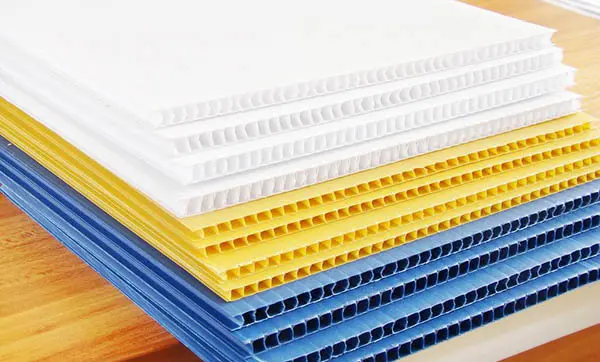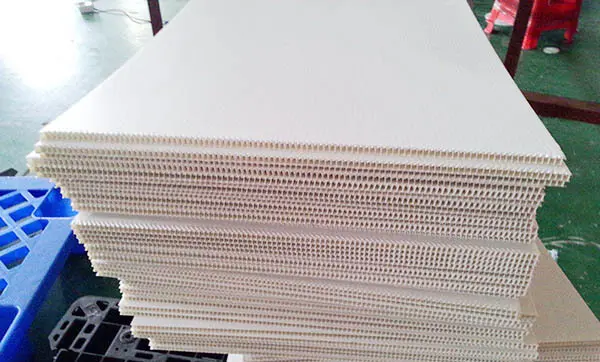How to improve the chemical corrosion resistance of PP hollow sheets?
Release Time:
May 12,2025
Improving the chemical corrosion resistance of PP hollow sheets can be achieved through material selection, production process optimization, surface treatment, and post-maintenance. Specific methods are as follows:
Improving the chemical corrosion resistance of PP hollow sheets can be achieved through aspects such as raw material selection, production process optimization, surface treatment, and post-maintenance. Specific methods are as follows:
Raw Material Selection
Using high-purity PP raw materials: High-purity polypropylene (PP) raw materials have fewer impurities, a regular molecular structure, and better chemical stability. PP resins with stable melt flow rate and high isotacticity should be selected to ensure that the hollow sheets maintain good performance in chemical environments.
Adding suitable additives: Adding an appropriate amount of antioxidants, UV absorbers, and other additives can improve the aging resistance of PP hollow sheets, indirectly enhancing their stability in chemical environments. For example, hindered phenolic antioxidants can effectively inhibit the oxidation reaction of PP molecular chains, extending the service life of the hollow sheets. Simultaneously, adding fillers with chemical corrosion resistance, such as talc and calcium carbonate, can improve the hardness and chemical corrosion resistance of the hollow sheets without affecting their basic properties.
Production Process Optimization
Optimizing extrusion process parameters: During the extrusion process, precisely control parameters such as temperature, pressure, and screw speed. A suitable temperature range allows the PP raw materials to be fully plasticized, and a reasonable combination of pressure and screw speed ensures uniform distribution of the materials in the mold, thereby improving the density uniformity and structural integrity of the hollow sheets and reducing chemical corrosion channels caused by internal defects.
Improving the molding process: Using advanced molding technologies, such as multilayer co-extrusion technology, can form functional layers with special properties on the inner and outer surfaces of the hollow sheets, such as barrier layers and chemical corrosion-resistant layers. The intermediate layer maintains good mechanical properties, thereby improving the overall chemical corrosion resistance.
Surface Treatment
Applying a protective coating: Applying a chemical corrosion-resistant coating to the surface of the PP hollow sheet, such as a fluorocarbon coating or an epoxy resin coating. These coatings can form a protective film on the surface of the hollow sheet, blocking contact between chemicals and the PP substrate, thereby improving chemical corrosion resistance.
Performing surface modification treatment: Through surface modification methods such as plasma treatment and UV irradiation, polar groups can be introduced to the surface of the PP hollow sheet, increasing surface energy, enhancing its bonding strength with protective coatings or other protective materials, and improving the chemical stability of the hollow sheet surface.
Keywords:
You Can Also Learn More About Industry Trends












